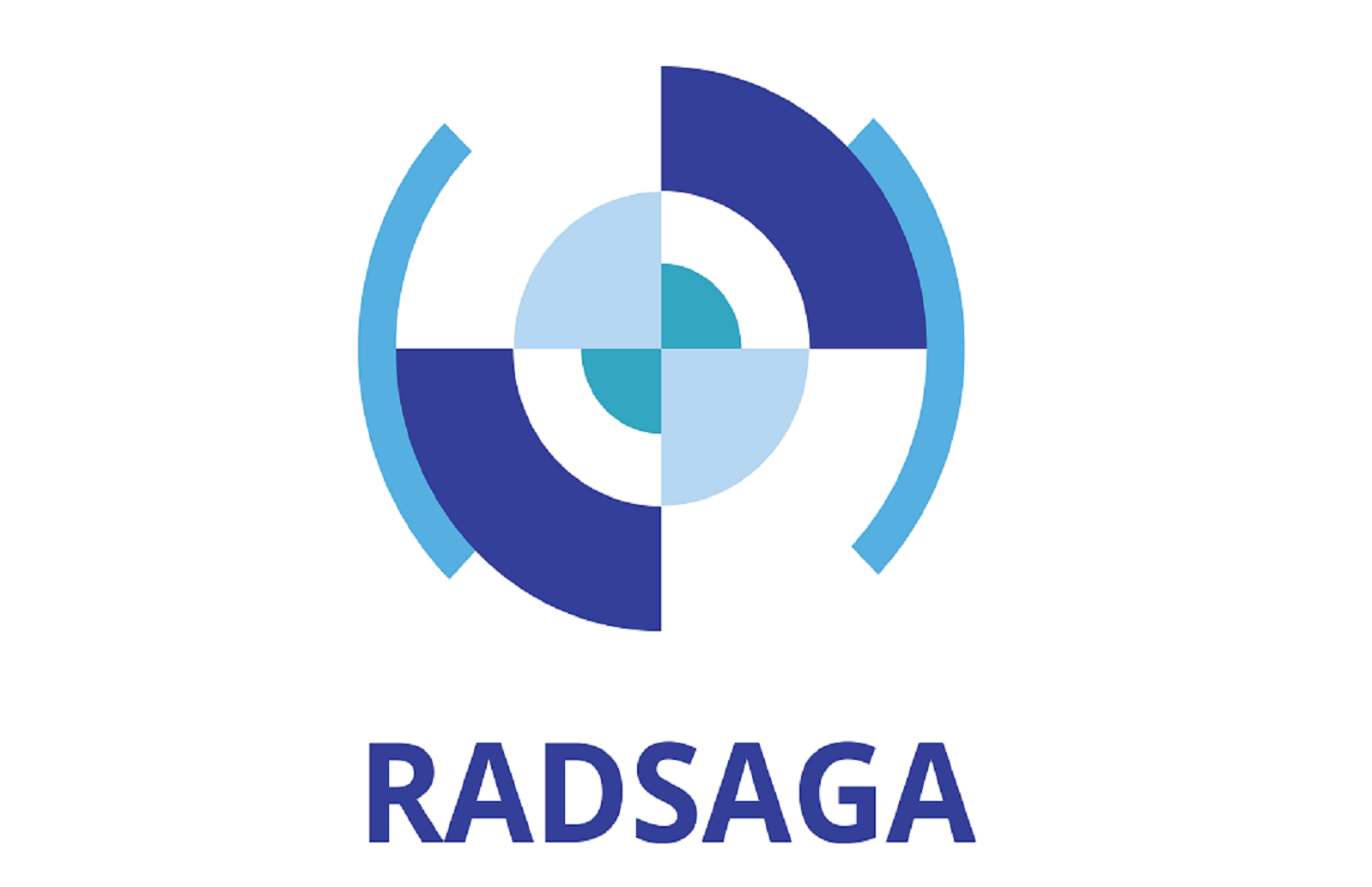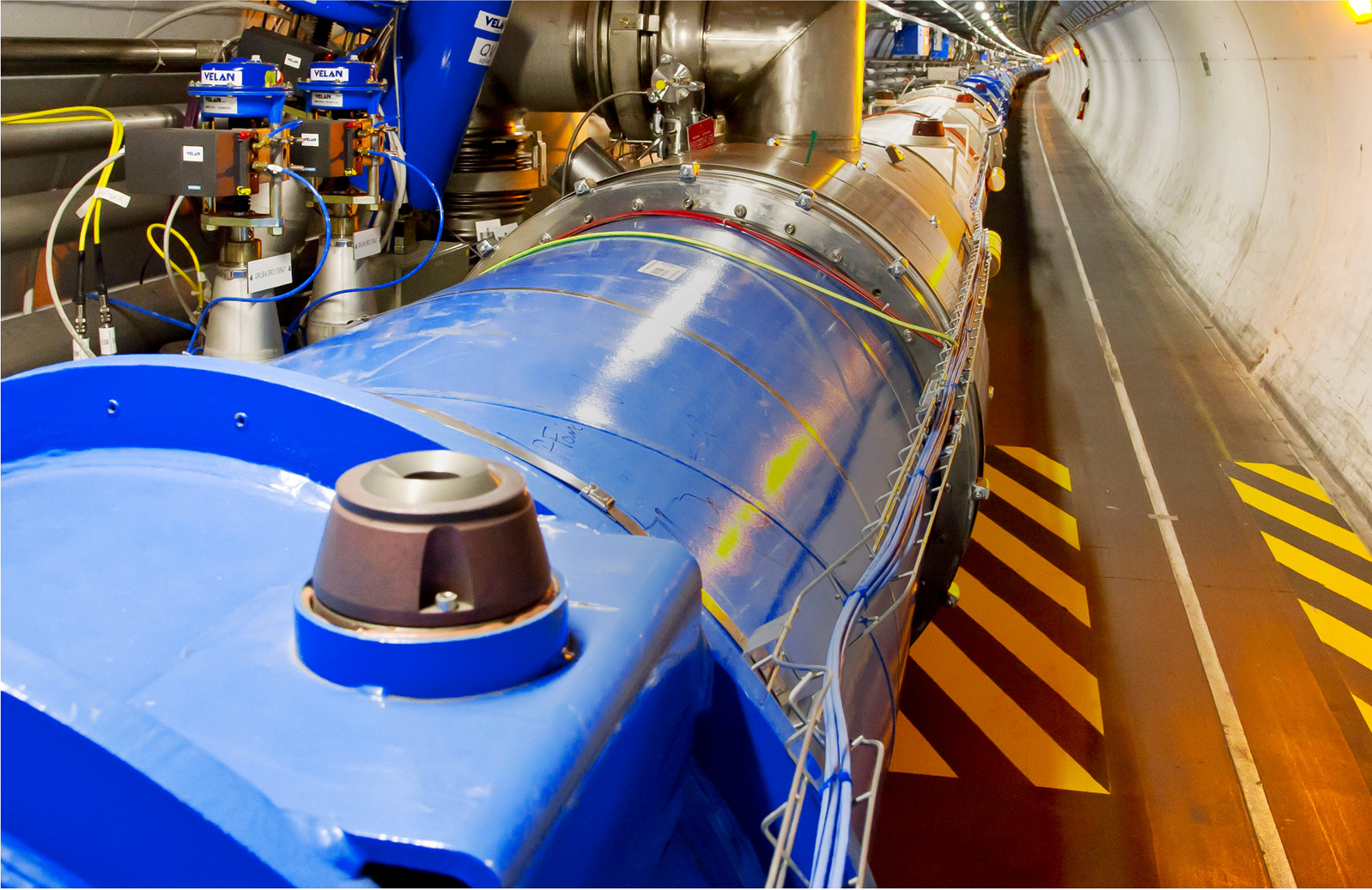Short abstract:
The objective of this PhD project is to study direct ionisation effects caused by low-energy protons as well as energetic heavy ions. Recent studies have shown that not only heavy ions, but also protons are able to create SEUs via direct ionization when their ionization is at the highest. In fact, for space systems low-E proton sensitivity is a major reliability concern since their flux is large at low Earth orbits. Also at ground level, low-E singly charged particles such as protons or muons could have a significant impact on the SEU rate. Using an innovative narrow-FWHM (Full-Width at Half Maximum) technique, low energy proton beams with extremely well defined energy distributions can be produced at RADEF. This technique can be extended to heavier ions, up to nitrogen, allowing one to find correlations for the direct ionization effects created by ions having the same LET but different masses. The findings of this ESR will – in close collaboration with the rest of the WP1 projects - be essential in further understanding the low-E proton and muon sensitivity of modern components and placing it in the context of higher LET particles. In addition, results derived from it will contribute to establish test guidelines that include these particles in the qualification process, therefore providing decisive input to ESR15.
Long abstract:
In addition to the type of the component, the radiation induced effects depend on the type of radiation. More specifically, the effects depend on the interactions, which the radiation causes in component materials. Selection of radiation varies from massless photons to wide range of particles. However, this work will be limited to charged particles, which are available in European irradiation test facilities offering test services for European industry. These particles cause mainly so-called Single-Event-Effects (SEE) and Displacement Damages (DD), but also Total Ionizing Dose (TID) failures in electronic devices. Important properties of the particle beams are the ion energies, ion ranges, beam homogeneities, intensities, fluxes and fluencies. The beams can cover a mono-field radiation ranging from protons to heavy ions, available at several facilities in Europe, as well as a mixed-field (mostly hadrons) radiation, available in CHARM facility at CERN.
In a particle irradiation tests, the sensitivity of the device is determined by an error cross-section, which is usually given as a function of Linear Energy Transfer (LET) in silicon. LET is a metric describing the amount of ionization energy, which the impinging particle deposits in the target material per unit length. At high particle energies while the particle traverses material its LET value does not change much. However, when the particle loses its energy the LET value increases and just before the particle reaches its end of path the LET value attains its maximum. This point of maximum energy is called Bragg-peak. Because LET values at high energies are usually relatively well known, but there are some uncertainties in the exact location and width of Bragg-peak, it is important that the penetration of the used ion reaches to well beyond the sensitive volume of the component.
As the technology evolves towards even smaller and more compact devices, the sensitivity of the new electronics to radiation becomes more prevalent. Nowadays the concern is how the new technologies will respond to the low energy protons and muons, which have not been an issue in previous technologies. The LET value of a single charged proton is very small. Therefore, the SEE effects induced by energetic protons have mainly been caused by indirect effects, like secondary particles followed by nuclear reactions in the sensitive volume and/or its vicinity. However, recent studies have shown that protons are able to create so-called Single-Event-Upsets (SEU) also via direct ionization when their ionization is the highest at Bragg-peak. In fact, for space systems low energy (low-E) proton sensitivity is a major reliability concern since the proton flux is large at low Earth orbits, particularly during solar flare events. In addition, also muons have already been demonstrated to cause errors in modern memories, but the research is still in very early stage. By studying the effects of low energy protons in modern devices, also vital information about the muon effects can be obtained. Due to the fact that also muons need to be taken into account, it means that devices and systems are not only affected by radiation in space but low-E protons can also be used to simulate effects of muons in avionics and ground level applications.
The limited ranges and the energy straggling phenomenon make the experiments with low-E protons complicated. A beam line in RADEF facility has recently been constructed for the studies of these effects. There proton beams, with energy distributions with an extremely narrow Full-Width-of-Half Maximum (FWHM) value, can be scanned from the lowest threshold energy for nuclear reactions in silicon, i.e. about 3 MeV, down to 0.3 MeV. This is possible by using an innovative scatterer-bending-magnet combination, which allows one to localize the Bragg-peak very accurately in the sensitive area of the component. This would enable a kind of scanning of the device’s sensitive volume and would provide more detailed information on the device structure. So far this has been done only with lasers.
This technique to study direct-ionization effects can be extended also to other low-LET particles. The first candidate could be helium and the study can be later extended to heavier ions like e.g. nitrogen. Nitrogen is interesting, because it is the lightest ion, which is commonly used in direct ionizing SEE tests, but only at much higher energies. The studies of so narrow FWHM low-E beams have not been done so far and one can now find correlations for the direct ionization effects created by ions with different mass, but the same LET.
LET values of ions used in RADEF have been measured accurately in silicon up to the energy of 9.3 MeV/amu. Results are publicly available in facility’s ECIF Cocktail Calculator web pages. The aim is to extent the experimental LET data to even higher energies and heavier ions than is possible at RADEF, but available in the other facilities involved, e.g. KVI-CART (c.f. project ESR3). It is worth to mention that in the commonly used SRIM code the high-energy LET values can differ more than 20% from the experimental values. Simultaneously, the LET values are easy to define also in any other material than silicon. These kinds of experiments need a construction of an innovative portable Time-of-Flight (TOF) detector system, which can easily be moved between laboratories. In this project the student will participate in the building of the movable TOF detector as well as its installation and use in these partner facilities. By this way the experimental LET values can be extended up to the highest ion energies available in test laboratories worldwide, including e.g. TAMU in Texas, USA. Additionally, the plan with KU Leuven is to apply their static random-access memory (c.f. project ESR5) for the measurements in different facilities. The aim is to perform the development work together.
The study necessitates young engineer or researcher to undertake both long term visits and also a series of secondments to the other facilities, like CHARM at CERN, KVI-CART at RUG, Universities of Padova and Montpellier etc… By this way the ESR gets acquainted with the different test procedures and provides him/her with necessary skills in becoming group leader in different academic or business environments. In addition to the publications produced in the collaboration projects, the deliverables will be proceedings and presentations in conferences, doctoral schools and workshops. The results as applicable are also included in the methodology handbook of WP4. The fourth year in the project is reserved for the ESR to write his/her PhD thesis and take courses needed for the doctoral degree. The funding of this year is covered by University of Jyväskylä from one of its Graduate School for Doctoral Studies programmes. The radiation safety requirements obeyed in the accelerator facilities are also an important issue to be taken into account. It is also one of the topics, which the student will urgently need to learn when start working in the field of radiation. Therefore, a course, provided by the University of Jyväskylä, on “Basics of radiation protection and personal dosimetry implemented at the working places” is also recommended to be included in the studies of the fourth year. The course exam will be conferred and can be used as a personal merit in his/her CV.
Deliverable & Milestones Lists:
- Choice of components to be used in the experiments.
- Report of the Narrow-FWHM set-up for different ions.
- Report of the TOF detector system
- TOF results implemented in the extended ECIF LET Calculator
- Test results and descriptions of the direct ionizing effects observed with different ion beams
- Radiation test report and conclusions of the correlations for the direct ionization effects
- Radiation test report and conclusions from the proton-muon simulation experiments
- Test report on the investigation of scanning sensitive areas with proton beams
- All results and reports will be published and presented in international conferences, workshops and graduate schools
- PhD thesis, which will be written at the end of work
Beneficiary:
University of Jyväskylä
Supervisor:
Research Director, Dr. Ari Virtanen & Dr. Arto Javanainen (University of Jyväskylä)
Co-supervisor:
Prof. Sytze Brandenburg (Univeristy of Groningen), Dr. Marta Bagatin (Padova Univeristy)
Planned secondments:
[total: 9 months]: CERN (Dr R. Garcia Alia): [2m] for preparing and participating in mixed field radiation testing at the CHARM facility; RUG (Dr M. J. van Goethem): [2m] for preparing and participating in TOF campaign(s) for high energy LET experiment(s). This period will also include the radio-biology activities in order to become familiar with radiation safety issues and methods used in medical dosimetry; UniPD (Dr M. Bagatin) and UM (Dr F. Wrobel): [1m] for learning proton and light ion interaction simulation tools and experimental approaches; KUL (Prof P. Leroux): [1m] for learning the use of the SRAM radiation monitor developed by ESR5. Other Facilities: [3m] Short term periods in other facilities performing irradiation experiments.
Position has been appointed to Sascha Lüdeke. Click here for Profile.




